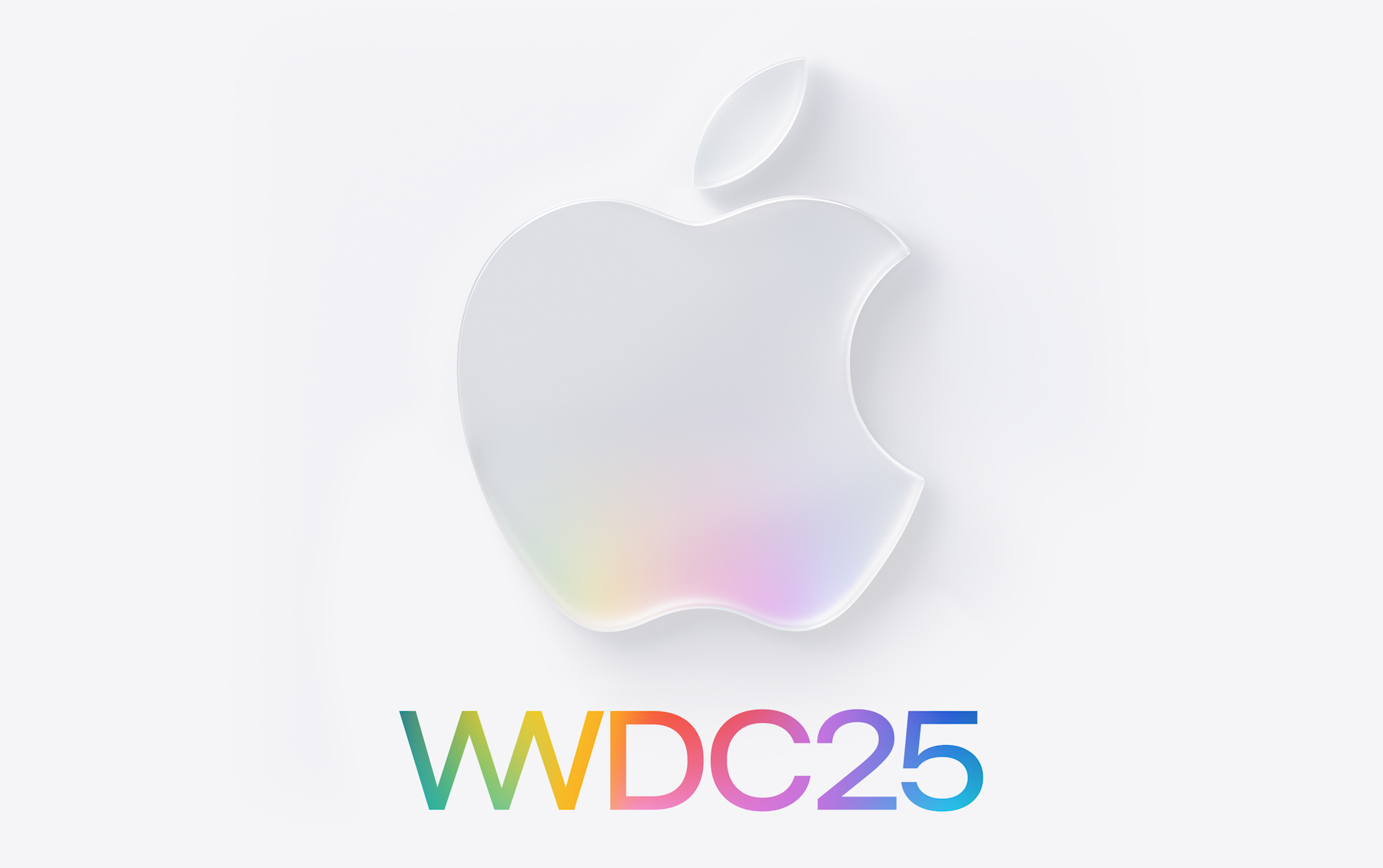June 9, 2025, Apple’s Worldwide Developers Conference (WWDC) 2025 opened, unveiling a transformative interface redesign dubbed “Liquid Glass” while grappling with tempered expectations for its AI advancements, according to industry reports.
The “Liquid Glass” interface, first reported by Bloomberg’s Mark Gurman, introduces “sheen and see-through visuals of a glassy surface” with transparency and shine effects across toolbars, in-app interfaces, and controls. This marks Apple’s most significant user interface (UI) overhaul since iOS 7’s shift from skeumorphism to a minimalist design in 2013. The redesign aims to unify the visual experience across Apple’s ecosystem—iOS 26, macOS, watchOS, iPadOS, and tvOS—potentially drawing inspiration from the Apple Vision Pro’s immersive aesthetics. “This is about creating a cohesive look across devices, making transitions between Vision Pro and iPhone seamless,” Gurman noted in his report.
The timing of “Liquid Glass” aligns with preparations for the iPhone’s 20th anniversary in 2026. Gurman reports that Apple is developing a special iPhone with “curved glass sides around the entire phone, even at the edges,” featuring “extraordinarily slim bezels and no cutout section in the screen.” This futuristic design is expected to complement the glassy, transparent aesthetic of the new interface, positioning Apple to redefine smartphone design standards.
However, WWDC 2025 arrives under a cloud of skepticism regarding Apple’s AI strategy, particularly its “Apple Intelligence” initiative introduced at WWDC 2024. According to Barron’s, last year’s promises of a revamped Siri capable of conversational workflows across apps and the web have yet to materialize. The rollout of Apple Intelligence features, including text and image generation and notification summaries, was delayed last fall, and the new Siri remains absent. Tech reviewer Marques Brownlee remarked in November 2024, “Apple’s made this promise, this huge thing is coming that’s going to change everything across their whole lineup, and I think that promise is starting to fade.”
The Financial Times reported that Apple’s efforts to integrate large language models (LLMs) into Siri have encountered technical challenges, including bugs that competitors like OpenAI avoided in their generative AI voice assistants. A former Apple executive told the FT, “It was obvious that you were not going to revamp Siri by doing what executives called ‘climbing the hill.’” This gradual approach, rather than a complete rebuild, has hindered progress. Apple’s commitment to on-device AI processing, driven by its privacy and security ethos, further complicates development. Unlike competitors leveraging Nvidia’s cloud-based solutions, Apple’s Private Cloud Compute and on-device processing limit computational power, resulting in mixed performance.
Apple’s leadership acknowledges the delays. In a March 2025 statement to blogger John Gruber, an Apple spokesperson said, “The new Siri is going to take us longer than we thought to deliver on these features, and we anticipate rolling them out in the coming year.” CEO Tim Cook echoed this sentiment during Apple’s May earnings call, emphasizing ongoing adjustments. Analyst Ben Reitzes of Melius Research noted, “Management can’t be pleased, but we have no doubt they are making adjustments to the strategy behind the scenes.”
Despite these setbacks, Apple’s installed base of over two billion devices provides a massive platform for any successful AI rollout. However, privacy concerns force Apple to rely on a hybrid model, incorporating OpenAI’s ChatGPT for certain tasks, which compromises its ability to guarantee user privacy—a cornerstone of its brand. “Security and privacy may turn out to be Apple’s biggest hurdles in creating the Siri that its users would like to have,” Barron’s reported.
Beyond AI, Apple faces additional pressures. The Wall Street Journal highlighted a 20% drop in Apple’s stock price, its worst performance in 15 years, driven by AI delays, tariffs threatening hardware margins, and scrutiny over its services division, including App Store fees and Google search payments. President Donald Trump’s push to alter Apple’s overseas production model adds further complexity.
Analyst Craig Moffett of MoffettNathanson cautioned that Apple is likely to avoid overpromising at WWDC 2025, focusing on features ready for release. “Apple will be much more cautious about showing features that aren’t yet ready for prime time,” he said. While the “Liquid Glass” debut is poised to captivate developers and consumers, the absence of a fully realized Siri upgrade may temper enthusiasm.
Apple’s history of entering markets late and redefining them—evident in its PC, smartphone, and smartwatch successes—suggests it could still emerge as an AI leader. For now, WWDC 2025 highlights Apple’s bold design vision while underscoring the challenges of catching up in the rapidly evolving AI landscape.

